The “pandemic” 2020 was so difficult both for the global diamond industry in general and for the rough and polished diamond sector in particular.
During the year, many mines were forced to suspend their operations for reasons relating to the COVID-19 pandemic due to the outbreaks of COVID-19 in the mines, national lockdowns, and a decrease in demand for rough diamonds in the global market. The closure of the Argyle mine in Australia in November 2020 due to the depletion of its reserves was another significant move in the industry as it was one of the main and highly productive diamond mines in the world. In fact, this means that Australia left the rather short list of the diamond-producing countries, where only Russia, Canada, Botswana, South Africa, Angola and the DRC remained.
This review examines the existing operating diamond mines in the world in the context of their operation in 2020 and 2021, their diamond production, current state, and their development prospects.
Botswana
Jwaneng (belonging to De Beers that is part of Anglo American)
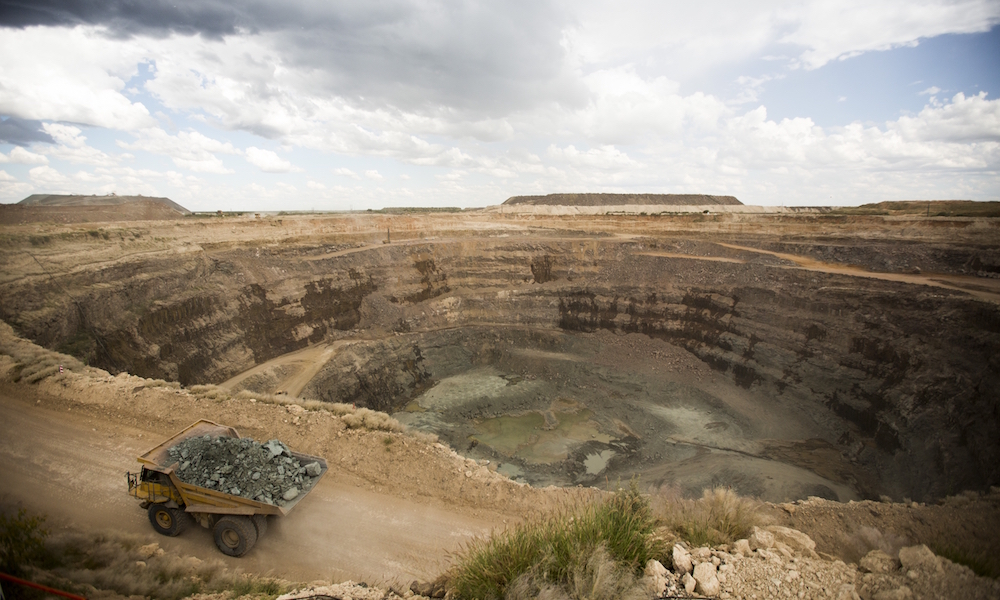
For the first nine months of 2021, the diamond production at the world’s largest mine Jwaneng exceeded the “pre-pandemic” level of 10.2 mn carats [4]. During the same period in 2018 and 2019, the mine had approximately the same diamond production, about 9.1 mn carats [3]. In the “crisis” 2020, only slightly more than 6 mn carats of rough diamonds were recovered at Jwaneng, which is mainly due to the national lockdown in Botswana from April 2 to May 18, as well as the planned processing of lower-grade ore (due to a poor diamond market situation). Accordingly, in 2021, the mine’s beneficiation plants operated without interruption and received higher-diamond grade ore, which increased the diamond production by 68%.
According to the mine plan approved in 2020, the probable reserves and part of the inferred diamond resources at the Jwaneng deposit to be mined using an opencast method (taking into account the Cut-8 and Cut-9 expansion projects) will make its operation possible until 2036 [2]. In the future, it is planned to switch to underground operations, which will extend the mine’s life by another 20 years. The launch of the underground mine may take place as early as 2023, reaching its full design capacity equal to about 9 mn carats by 2034 [22].
Orapa, Letlhakane, Damtshaa (belonging to De Beers that is part of Anglo American)
The diamond production data from three mines operated by Debswana (part of De Beers) – Orapa, Letlhakane and Damtshaa – are summarized. For the first three quarters of 2021, these mines produced 6.9 mn carats, up 11% over the same period in 2020, but down 20% and 16% compared to the first nine months of 2018 and 2019, respectively. In particular, this is due to the fact that the Damtshaa mine was placed to care and maintenance for three years in November 2020, since the quality of the diamonds mined was lower than at other Debswana’s mines, and the diamond recovery became unprofitable in the current situation on the global rough diamond market [ 23]. One of the options is the possible selling of the mine [20]. In addition, in November 2020, Debswana announced the closure of its beneficiation plant No.1 at the Orapa mine, which had operated since 1972, due to the deterioration of its equipment [28].
According to the mine plan, the operation of the Orapa mine based on its probable reserves and part of the inferred resources will be carried out until 2036, and the Letlhakane deposit will be operated until 2044. It should be noted that at Orapa, significant indicated resources were estimated amounting to 286.5 mn carats for open-pit mining, and 128.1 mn carats in tailings [2], which will allow to continue diamond mining for at least another 30 years.
Karowe (Lucara Diamond)
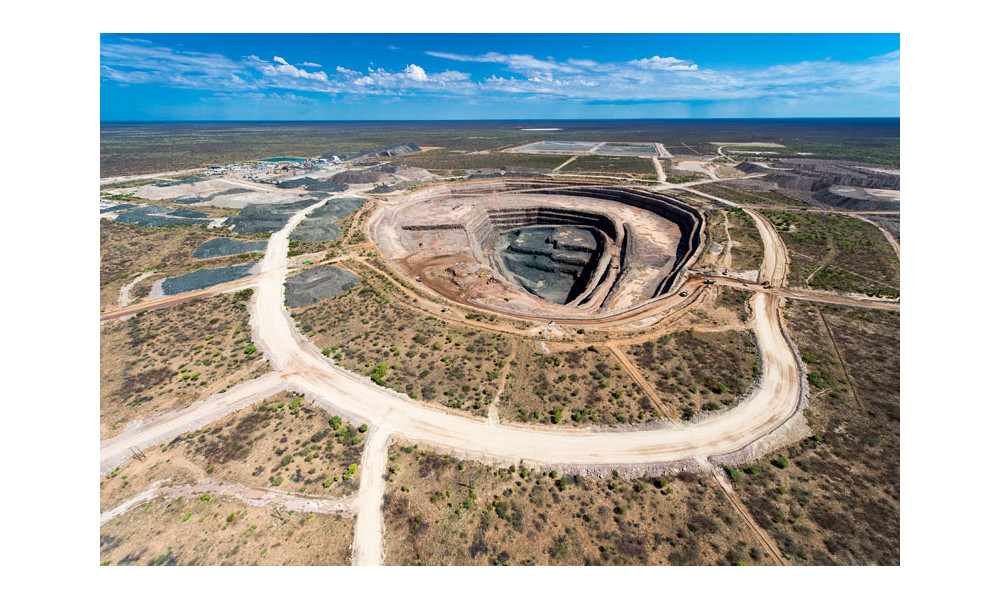
Although the Botswana’s Karowe mine operating on the basis of the AK-6 kimberlite pipe is not a large diamond mine in terms of the diamond production (about 350-400 thousand carats of rough diamonds per year), undoubtedly, it deserves attention, since over the past seven years, five of the ten largest rough diamonds in the world were mined at this mine, including three stones weighing over 1,000 carats.
In H1 2021, the diamond production at the mine decreased by 6% compared to H1 2020, from 192.7 thousand carats to 181.3 thousand carats [9]. At the same time, the revenue of the Karowe operator, Lucara Diamond, increased by 2.4 times over the same period due to an increase in the average rough diamond selling price from $268/ct to $618/ct. In total, the company plans to receive 340-370 thousand carats of diamonds at the mine in 2021, and the revenue of $180 mn-$210 mn (in the first half of the year it amounted to $99.4 mn).
In September 2021, the Lucara Board of Directors approved a $220-mn expansion project for the Karowe underground mine [8], which will extend the life of the mine until 2040. The underground mine is expected to start its operation by 2026, and until 2026, the open-pit mining will continue [10].
South Africa
Venetia (belonging to De Beers that is part of Anglo American)
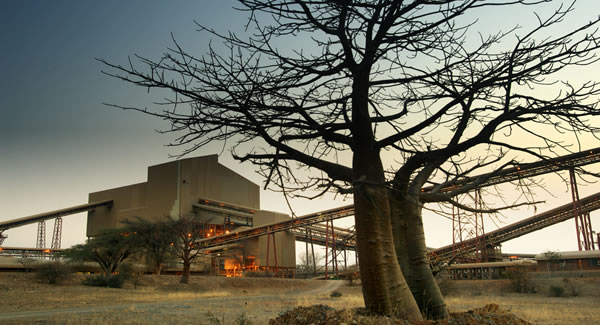
The Venetia diamond mine, the largest diamond mine in South Africa, based on a cluster of kimberlite pipes, produced just over 4 mn carats of rough diamonds in the first three quarters of 2021, which is by 62% more than over the same period in 2020 [4]. It also significantly exceeds the diamond production during the first nine months of 2018 and 2019, by 22.5% and 63%, respectively. De Beers attributes the increase in the diamond production in 2021 to the planned processing of a higher-grade ore and a higher performance of the beneficiation plant. In addition, a national lockdown for 21 days was introduced in South Africa in 2020 (from March 26 to April 16).
The switch of the Venetia kimberlite pipes to the underground mining, aimed at the extension of its life until 2045, will begin in 2023, since the reserves for opencast mining will be depleted soon. The work is underway, and the entire project is estimated at $2.1 bn [1].
Cullinan (Petra Diamonds)
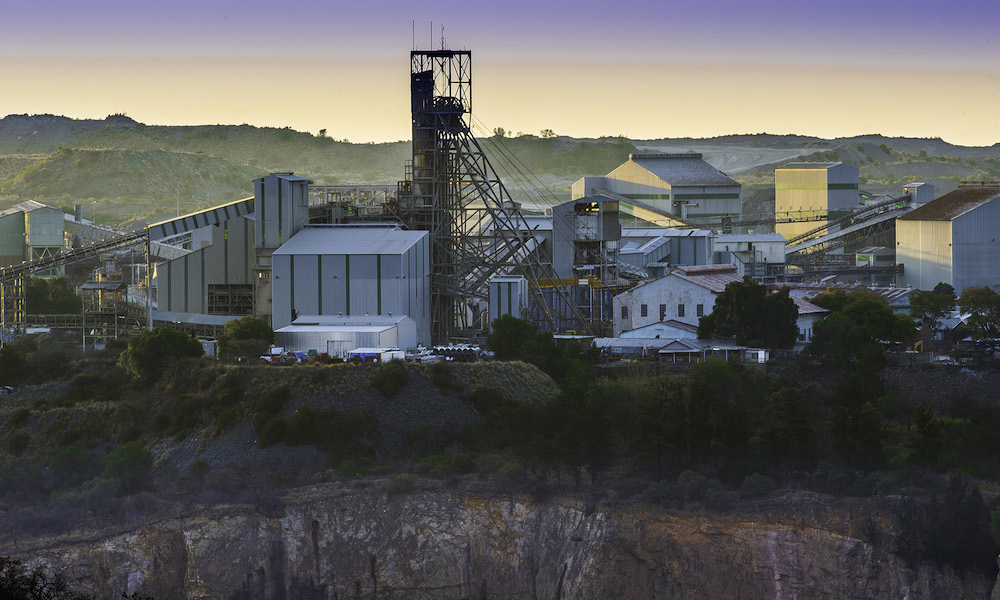
Cullinan, one of the most famous underground diamond mines in the world, located on the basis of the Cullinan kimberlite pipe, produced 1.9 mn carats of diamonds in fiscal 2021 (from July 1, 2020 to June 30, 2021), which is 19% more than in fiscal 2020 [16]. In fiscal 2021, a record number of “exceptional” rough diamonds were recovered at the Cullinan mine [17]:
- In September 2020, Petra Diamonds announced the discovery of five high quality blue rough diamonds of high clarity ranging from 9.61 to 25.75 carats (totally, 85.6 cts), called the Letlapa Tala Collection; the collection was sold for $ 40.4 mn;
- In January 2021, a 299.3-carat, type IIA white rough diamond was discovered, sold in March 2021 for $12.8 mn;
- In April 2021, a 39.34-carat, type IIB blue rough diamond was recovered, sold at $1 mn/ct (for $40.2 mn), a record price for Petra Diamonds.
In fiscal 2022, Petra Diamonds recovered one more “exceptional” diamond at the Cullinan mine in July 2021, a white rough diamond weighing almost 343 carats.
As of June 30, 2021, the Cullinan’s indicated resources amounted to 132.6 mn carats, including probable reserves of almost 15 mn carats. In addition, its inferred resources were estimated at 17.2 mn carats [18]. The current mine plan was developed until 2030, but the rough diamond resources will extend the mine operation for at least another 50 years.
Petra Diamonds is implementing a range of measures to improve the mine’s productivity. Among other things, the company purchased additional Burevestnik X-ray units (manufactured at the Russian IC Burevestnik, an ALROSA’s subsidiary) to increase the beneficiation plant’s capacity.
Finsch (Petra Diamonds)
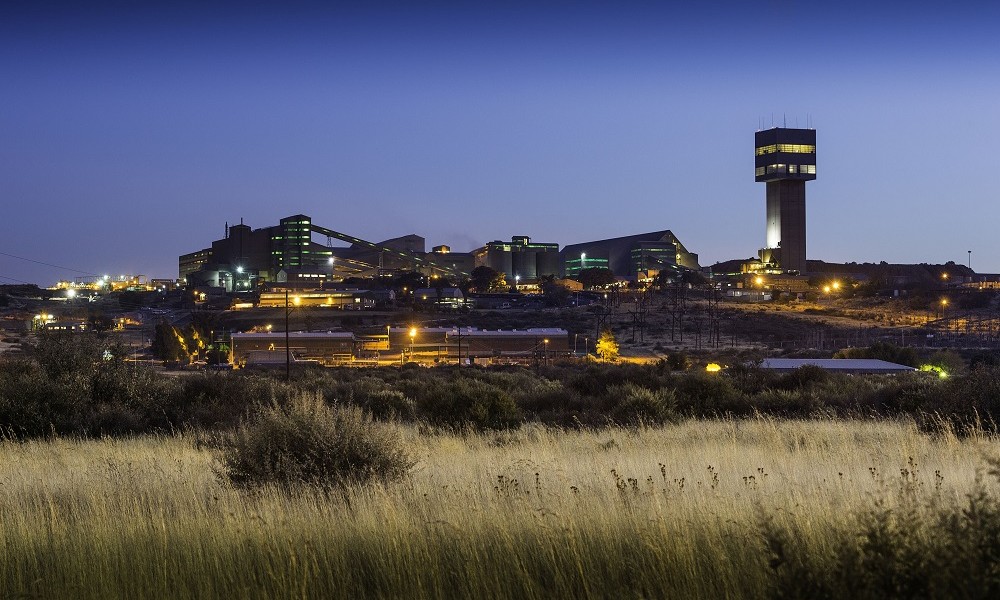
The Petra Diamonds’ another underground mine operating on the basis of the Finsch kimberlite pipe saw a decline in the diamond production in fiscal 2021 and recovered 1.2 mn carats of rough diamonds, while in fiscal 2020, it recovered 1.6 mn carats (down 23%). This is attributed to the processing of a lower average diamond grade ore (0.53 ct/t compared to 0.59 ct/t), and in part, to heavy rains in early 2021. At the same time, the rough diamond sales increased by 19% (from 1.3 mn carats to 1.6 mn carats) in fiscal 2021 thanks to the improved situation in the diamond market [19].
As of June 30, 2021, the mine’s indicated and inferred resources amounted to 37.7 mn carats, including probable reserves containing 14.8 mn carats of diamonds. The mine plan was approved until 2030, but according to the company, the life of the mine could be extended by another 25 years [19].
Angola
Catoca (Sociedade Mineira de Catoca)
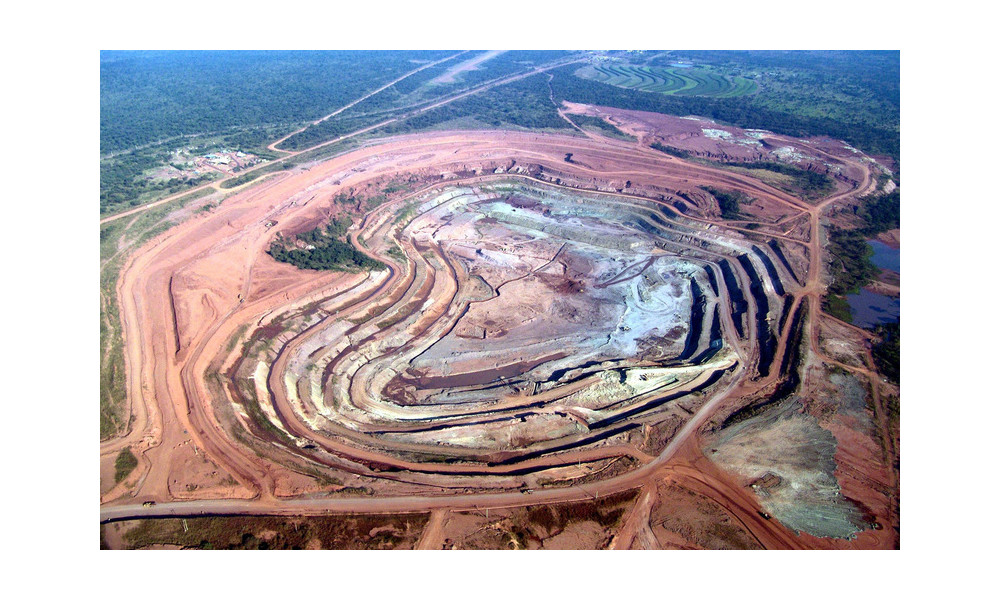
At the Catoca mine, the largest in Angola and one of the largest in the world, operating on the basis of the Catoca kimberlite pipe, 6.5 mn carats of diamonds were produced in 2020, almost by 13% less than in 2019 [7]. The production targets for 2020 have been deliberately lowered due to the COVID-19 pandemic and the efforts to reduce the coronavirus spread. In particular, one of the beneficiation plants was closed in September, 2020. Data on the diamond production at the Catoca mine for 2021 is not provided, however, it is known that in the first half of the year, Sociedade Mineira de Catoca sold 2.9 mn carats of rough diamonds worth $280 mn, which is 81% more than in the same period in 2020 year [27]. The company’s 2020 annual report expects that the situation will change for the better thanks to the vaccination programme launched in Angola in 2021.
Canada
Diavik (Rio Tinto)
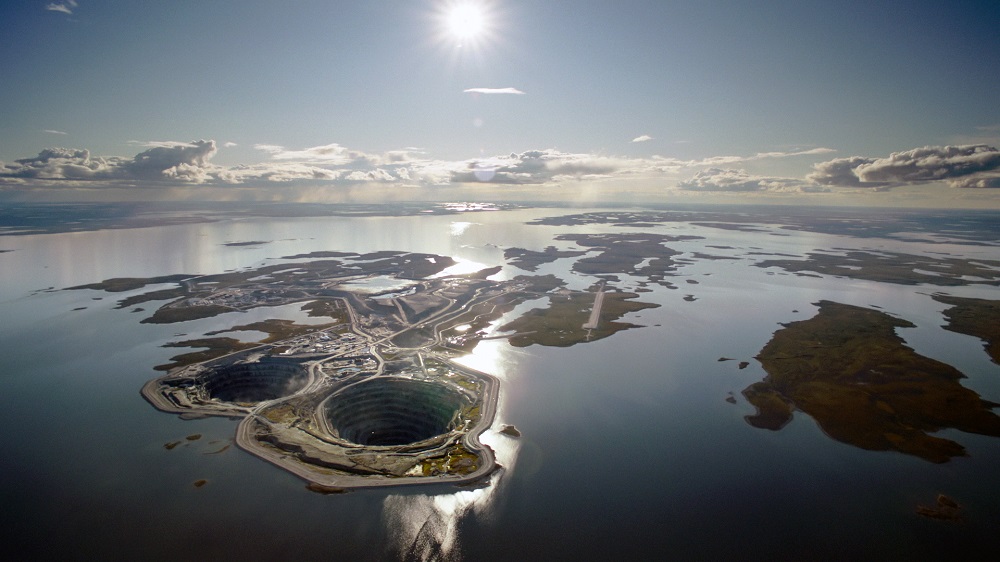
The Canada’s diamond mine Diavik underwent major changes in 2021; in November, Rio Tinto announced that it became its sole owner having bought a 40% share from Dominion Diamond Mines [26].
In 2020, the Diavik mine produced 6.2 mn carats of diamonds, by 7.5% less than in 2019. In H1 2021, it produced about 3.2 mn carats, 1.9 mn carats of which accounted for Rio Tinto, which is up 2% compared to the same period in 2020 [24]. Based on the results of H1 2021, Rio Tinto expected to recover about 3 mn–3.8 mn carats of rough diamonds at the Diavik mine per year, but at that time, the company’s share in this asset was 60% only. Accordingly, in 2021, the mine can produce 5 mn–6.3 mn carats of diamonds.
Probably in the next three years, Diavik will produce about 5.5 mn carats of diamonds per year, since Rio Tinto plans to close the mine in 2025, and its indicated and inferred resources, taking into account the proven and probable reserves as of December 31, 2020 amounted to 22.35 mn carats of diamonds [25].
Ekati (Arctic Canadian Diamond Company)
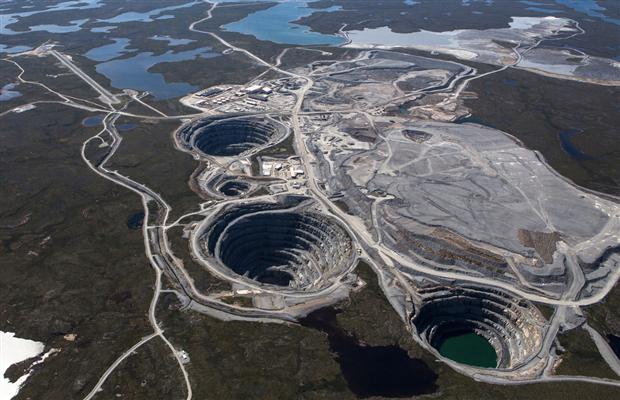
Another Canadian mine, previously owned by Dominion Diamond Mines that went bankrupt, was bought by the Arctic Canadian Diamond Company in February 2021 [5]. In March 2020, the mine was put on care and maintenance due to the COVID-19 pandemic. It was originally planned to resume its operations in November 2020, but due to the Dominion Diamond’s problems, the suspension lasted longer. The restoration of its production was announced in January 2021 only, while the message noted that it would be possible to return all the mine’s workers at the end of February only [6]. In March 2021, Arctic Canadian announced its plans to reach a diamond production level of about 4.5 mn carats this year, and 5 mn carats by 2022. The company plans to operate the mine until 2028 [21].
Gahcho Kué (De Beers – 51%, Mountain Province Diamonds – 49%)
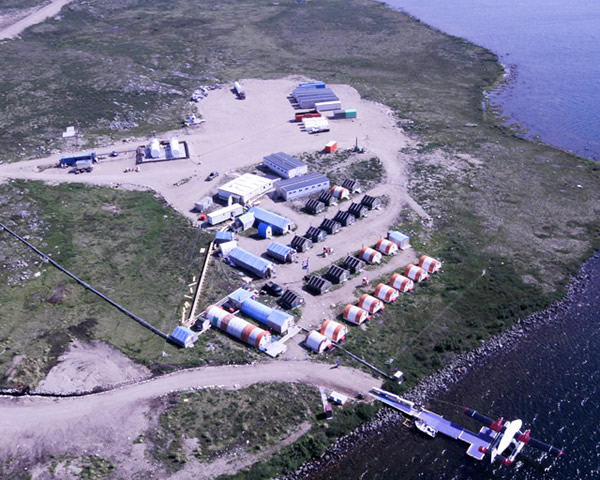
The suspension of operations due to the COVID-19 outbreak also took place at the Gahcho Kué mine, but it was in 2021 and for three weeks only – from February 6 to 26 [13]. In the first 9 months of 2021, the mine produced 4.7 mn carats of diamonds, which is down 5.5% compared to the same period in 2020 and down 2.6% compared to the first 9 months of 2019 [ 14, 15]. In total, it is planned to produce 6.3 mn–6.5 mn carats of diamonds in 2021 [12], which is up 2–5% compared to the previous year (6.2 mn carats). At the same time, at the beginning of 2021, Mountain Province refrained from publishing its forecasts for its diamond production in 2021 because of the uncertain situation due to COVID-19.
As of December 31, 2020, the probable reserves of diamonds at the Gahcho Kué deposit were estimated at 46.2 mn carats, which will allow diamond mining to be carried out until mid-2028 (with the diamond production of 6.2 mn carats per year). The indicated and inferred resources estimated at 21.8 mn carats [11] will allow to extend diamond mining until 2030.
Russia
Yubileynaya pipe (ALROSA, Aikhal MPP)
The Yubileinaya pipe’s ore mined by the open pit is the largest source of rough diamonds in Russia (over 20% of the ALROSA’s diamond production in 2020). In 2020, the mine produced 6.2 mn carats of diamonds, down 1 mn carats (14%) compared to 2019 [30], which is attributed to the planned reduction in the diamond production because of the weak global diamond market due to the COVID-19 pandemic. In the first 9 months of 2021, the diamond production at the mine also decreased compared to the same period in 2020, down 21% (from 5.7 mn carats to 4.5 mn carats) due to a decrease in the ore average diamond grade [32].
As of January 1, 2020, the diamond reserves (categories A + B + C1 + C2) at the Yubileynaya pipe were 117.7 mn carats [33], which allows to operate the mine until 2039 with a diamond production of about 6.2 mn carats per year.
Udachnaya pipe (ALROSA, Udachninsky MPP)
The Udachnaya kimberlite pipe is the mine with underground operation. In 2020, the diamond recovery at the mine increased by 1 mn carats (from 3.1 ml carats to 4.1 ml carats [30]) as part of the planned programme to reach the underground mine’s full production capacity, despite the fact that beneficiation plant No. 12 was suspended for a long time in 2020 [29]. In the first three quarters of 2021, the diamond recovery at the mine was 2.8 mn carats, up 65% compared to the same period in 2020 (1.7 mn carats), thanks to the resumption of uninterrupted operation of the beneficiation plant.
As for the diamond reserves, the Udachnaya pipe is the largest in Russia; as of Jannuary 1, 2020, they were estimated at 202.9 mn carats (categories A + B + C1 + C2) [33].
Internatsionalnaya Pipe (ALROSA, Mirninsky MPP)
The Internatsionalnaya pipe is also an underground mine. In 2020, 1.8 mn carats of diamonds were produced at the mine, down 18% compared to 2019 [30]. In 2021, the diamond production continued to decline, in the first 9 months of the year it decreased to 0.5 mn carats, down 55% compared to the same period in 2020. However, this is not due to the COVID-19 pandemic, but to the transfer of beneficiation plant No. 3 that processes the Internatsionalnaya pipe’s kimberlites, to a seasonal mode of operation, which implies a seasonal suspension for the period from April 1 to September 30 [32].
The pipe’s diamond reserves are 46.1 mn carats in categories A + B + C1 + C2 [33].
Aikhal pipe (ALROSA, Aikhalsky MPP)
From May 15 to October 1, 2020, a planned suspension of operations was carried out at the Aikhal underground mine as part of the anti-crisis measures implemented by ALROSA because of the decrease in the global demand for diamonds due to the COVID-19 pandemic. As a result, the diamond production at the pipe in 2020 decreased by 38.5% compared to 2019, to 1.6 mn carats [30]. In 2021, the operation was carried out as usual, and in the first 9 months of the year, 1.7 mn carats were recovered, up 31% compared to the same period in 2020 and even more than in the entire year.
The mine’s diamond reserves are quite high; as of the beginning of 2020, they were estimated at 64.4 mn carats in categories A + B + C1 + C2 [33].
Nyurbinskaya and Botuobinskaya pipes (ALROSA, Nyurbinsky MPP)
The diamond production at the Nyurbinskaya and Botuobinskaya pipes operated by the open-pit method, also significantly decreased in 2020 compared to 2019, down 12% (to 2.9 mn carats) and down 60% (to 2.2 mn carats), respectively. This is due to the fact that in Q3 2020, the ore from these pipes was not processed at the Nyurbinsky MPP’ beneficiation plant as part of the decisions to reduce the diamond production. Instead, the factory received the sands from the Nyurbinskoye and Botuobinskoye alluvial diamond deposits [31].
In 2021, the diamond production at the primary deposits increased. In the first three quarters of the year, 3.2 mn carats of diamonds were produced at the Nyurbinskaya pipe (by 6% more than in the same period in 2020), and 3.2 mn carats were also recovered at the Botuobinskaya pipe (by 2.5 times more) [32].
As of January 1, 2020, the pipes’ diamond reserves of categories A + B + C1 + C2 were estimated at 30.3 mn carats at the Nyurbinskaya pipe, and at 90.6 mn carats at the Botuobinskaya pipe [33].
Group of deposits named after M. V. Lomonosov (Severalmaz (part of the ALROSA group, Lomonosov MPP)
Currently, two deposits from the Lomonosov group are operated – the Arkhangelskaya and Karpinsky-1 pipes (in total, there are six of them). In 2020, the operation was suspended at both pipes as part of anti-crisis measures, from May 13 to September 1 at the Arkhangelskaya pipe, and from May 13 to October 21 at the Karpinsky-1 pipe. Of course, this led to a decrease in the diamond production in comparison with the results of 2019, down 24% at the Arkhangelskaya pipe (down to 1.6 mn carats) and down 43% at the Karpinsky-1 pipe (down to 1.2 mn carats).
In the first 9 months of 2021, 1.2 mn carats were recovered at the Arkhangelskaya pipe (down 18% compared to the same period in 2020), and up 1.4 mn carats (up 14%) at the Karpinsky-1 pipe [31, 32]. At the same time, the total diamond production at both pipes for three quarters of 2021 remained at the level of the same period in 2020.
After the pipes’ diamond reserves totaling 64.7 mn carats in categories A + B + C1 [33] are depleted, Severalmaz will start developing the remaining fields of the M. V. Lomonosov group.
In addition to the Aikhal, Arkhangelskaya and Karpinsky-1 pipes, ALROSA suspended its operations in 2020 at the Verkhne-Munskoye deposit, Zarnitsa pipe and Zarya pipe. All these mines are the least marginal among the company’s assets, since their ores are characterized by a relatively low average diamond grade and diamond value.
Grib diamond pipe (AGD DIAMONDS JSC)
AGD DIAMONDS JSC, the only diamond mining company in Russia independent of the ALROSA Group, is developing the Vladimir Grib diamond pipe in the Arkhangelsk Province using the open-pit method. In 2020, the company produced 4.1 million carats, which is 18% less than in 2019. In 2021, AGD DIAMONDS ramped up production at the mine. Also, the current year has become rich in terms of recovering large diamonds – in total, five such stones were retrieved, each weighing more than 50 ct, including a unique diamond weighing 118.05 ct unearthed in October 2021.
In September 2021, Grib Diamonds (a trading division of AGD DIAMONDS JSC) held a successful auction, which saw an increase of average prices by 5-7% (up to $ 82/ct).
As of 01.01.2020, the diamond reserves of the pipe attributed to categories A + B + C1 + C2 amounted to 63.2 million carats [33], which is sufficient to ensure uninterrupted production for more than 12 years.
In general, it can be noted that in 2021, at most large mines, the diamond production reached the “pre-pandemic” level or was close to it. At the mines where this did not happen, the decrease in the diamond production was no longer caused by the restrictions due to COVID-19, but by other reasons. However, it is too early to relax, because COVID-19 is an unpredictable virus, and nobody knows what impact it will have on the diamond industry in the coming 2022.
Anastasia Smolnikova, Analyst, the Institute of Natural Monopolies Problems, for Rough&Polished
Photos © De Beers, Lucara Diamond Corp., Petra Diamonds, Sociedade Mineira de Catoca, Rio tinto, Arctic Canadian Diamond Company, DR.

